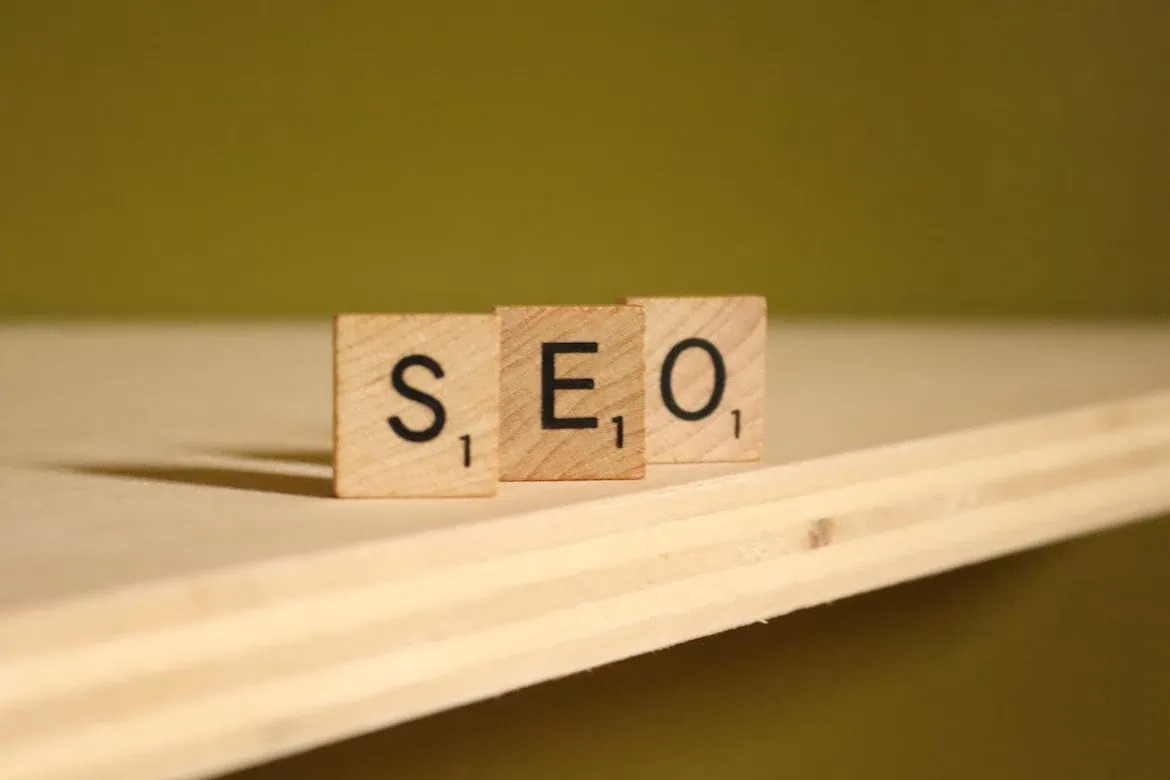Launching an eCommerce website requires a simple setup process, but a sound growth plan is needed to see its success. You must use certain tried-and-true growth strategies to develop your business into a profitable company that generates income.
Check out eCommerce growth methods to take into account for 2023 to ensure the success of your e-commerce business listed below.
Providing the Best Customer Service
Customer experience has never been more crucial than now, as eCommerce expands and competition rises. Brand loyalty may be made or shattered by how consumers are handled during the purchasing process.
If a retailer cut costs with customer care, most consumers would invest less in that brand or quit shopping with them entirely. Customer service is, therefore, just as important to your development as any marketing plan. If online businesses cater to their customers’ needs well, they may as well earn themselves returning clients and great online reviews.
Below are pointers to great customer service.
- A fast response rate. Most customers will give up if you take too much time to respond.
- Offering alternatives of contact. They are; email, live chat, sms, phone calls, chatbots, etc.
- Responding to negative online reviews. This will convince the customers that you hear them and willing to make necessary changes.
- Self-service options. Including FAQs and basic processes like return policies for your customers.
Effective ecommerce integration plays a pivotal role in enhancing customer service capabilities. By streamlining processes like inventory management, payment processing, and order tracking, businesses can provide a more efficient and satisfying shopping experience for their customers.
Make Use of Social Media to Promote Your E-Commerce
Many individuals use social media to learn about new goods and services. This is one of the best methods for expanding the audience for your e-commerce website. Vendors who sell on Poshmark, for instance, use social media platforms like Facebook to market their products.
Use positive comments as social evidence by sharing them on social media. Share content on social media whenever you’re marketing a new service/ product. You may also hold contests or promotions to increase traffic to your social media platforms and website.
Moreover, consider posting user-generated content on your social media pages to show your followers how your products or services work and how your customers feel about your business. One of the best things about user-generated content is that it promotes your e-commerce store to the social media community.
Lastly, pay attention to the social media platforms where your target audience is active to get the most out of your marketing efforts. For example, if your e-commerce business targets young consumers, you should focus your marketing campaigns on channels like TikTok, Instagram, and other related platforms.
Optimizing Your Business to Be Mobile-Friendly.
Have you ever wondered how many customers are on their phones daily? If your business isn’t mobile-friendly, you’re losing out on a significant portion of the market. Think about how potential clients might navigate your online business whenever you make an update.
Consider how many potential customers would navigate your online business and make sales. There should be the least friction between searching for a product and purchasing it. If your eCommerce business is suitable, try a shipping app.
Enhance Your E-Commerce Website Design.
Your website is the first thing clients see when they search for your brand. It serves as an accurate depiction of your company.
This means ensuring that your website is easy to use, looks amazing, and has precise content in the “about us” section. To increase the likelihood that your consumers will purchase, consider using an intuitive layout, simple language and fonts, and a clear business model (explanation of why they should buy your product).
Also, ensure your website has a fast loading speed to avoid driving visitors away. When your site loads quickly, visitors are more likely to stay on it for a long time, which increases your chances of converting them into customers.
However, building an e-commerce website can be challenging, especially if you have no idea what to do. In that case, working with professionals can be an excellent idea. They can help build a well-designed website that represents your brand and is consistent with your digital marketing efforts.
Also, if you want to ensure your website becomes the right medium to carry out your marketing activities, talking to professionals specializing in ecommerce marketing consulting would make great sense. They can provide you with the best strategies for using your website to maximize your marketing campaigns and get the traffic and conversions you need.
Affiliate Marketing
Pay-per-click (PPC) marketing is a digital marketing strategy that uses paid advertising. Although some companies are reluctant to do this, if you have started your e-commerce website, this may be the perfect marketing strategy for you.
With PPC marketing, you can keep your eCommerce store and your products in front of your ideal audience. It also gives you time to work on organic marketing methods or social media (which take a long time to build) while bringing in more customers and revenue.
Email Listing
The primary goal of internet marketing is to gather first-party data, which refers to the details that consumers voluntarily share with you about their preferences, interests, and other factors. Obtaining client data from other sources, such as social networking websites, is becoming more difficult due to new data privacy legislation. Using email marketing to gather consumer information and develop an efficient marketing plan.
Once you’ve gathered enough email addresses, businesses need to set up an email marketing campaign to advertise forthcoming deals and collections or introduce new features and improvements.
Your consumers will likely click the unsubscribe button if you send them many emails. Aim for one email each week for the best outcomes when using email marketing.
Retaining Long-Term Clients
Paid advertisements are costly, and acquiring a new client is more pricey than encouraging an existing client to make further purchases. Consider cutting back on your paid advertising and putting more energy into client retention to offset the rise in company expenditures brought on by inflation.
To increase brand engagement through purchases, referrals, or text message signups, think about implementing loyalty or rewards programs. After that, allow customers to use their points to get deals and make them feel welcome next time.
Optimize Your Ecommerce With SEO
One of the most crucial components of an e-commerce strategy is SEO. SEO will rank your eCommerce for your online customers to find it and increase sales.
Use the appropriate keywords and do SEO optimization on your website. Additionally, you should ensure that your product description is brief and easy to understand so buyers can discover it online.
By doing these, you can improve your search engine ranking and, in turn, generate more traffic to your e-commerce website.
Boosting Cart Values.
Increasing the value of each order that comes in is another way to cut rising business costs.
You may persuade clients to make more purchases by providing discounts on larger purchases. Please use cross-selling strategies or product bundling to encourage customers to add more items to their carts. Alternatively, upsell a client on a comparable product with superior capabilities, stronger construction, or other advantages.
Bottomline
Annually, the eCommerce sector experiences a significant transformation; therefore, your company must analyze current and future eCommerce trends that may assist you in planning and getting ready for the upcoming year.
Your eCommerce strategy might succeed if you make the necessary arrangements and research. There is no reason your company shouldn’t be prospering in 2023 if you keep these ideas in mind. Among the most critical aspects of expanding your business online is planning.











0 Comments